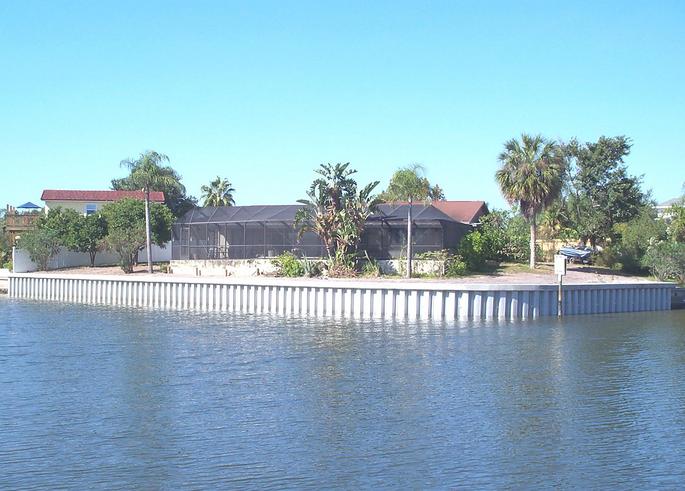
In this article, we’ll discuss the importance of seawall construction, including how much it costs, what materials are used in seawall construction, and what type of construction should be done. We’ll also cover laws governing seawall construction. And finally, we’ll discuss the effects of a boat’s wake on seawalls. Keep reading to find out more! Until then, enjoy! And remember: it’s never too late to start building a seawall.
Cost of seawall construction
The first question that most homeowners or those interested in purchasing waterfront property will ask is: how much does a sea wall cost? The answer isn’t always straight-forward, and the cost of seawall construction varies a great deal depending on how much space you need to protect your property. Many contractors can estimate the cost over the phone, thanks to the availability of online resources like Google Earth and County records. Licensed contractors can also estimate the costs of removing debris and replacing damaged sections of seawall.
The United States alone needs to build seawalls on about fifty thousand miles. By 2040, that will cost $416 billion, and sixty-two hundred and fifty-three miles by the year 2100. Some coastal communities, like Staten Island, will spend up to $615 million to build a seawall, which will protect them against rising water. Moreover, the federal government will pay about four hundred million of the total cost, according to a recent study.
Material used in seawall construction
Seawall construction can help preserve your waterfront property, regulate waves, and increase the value of your property. There are a number of different types of seawall construction materials. Wood is one of the most traditional materials used for seawall construction and has many different applications in coastal barriers and retaining walls. Wood is relatively inexpensive, but tends to decay faster in saline water. Vinyl sheet piles are an excellent alternative to steel sheet piles.
Many seawalls are made of vinyl, which is lightweight, and can be installed over existing materials, such as stone. It also offers aesthetic appeal and reinforcement. Interlocking vinyl panels help prevent erosion and reduce maintenance costs. Vinyl panels use tongue-and-groove technology and can be installed on top of existing seawall materials. In addition to being lightweight and easy to install, vinyl panels resist weather and other damages caused by the elements.
Impact of boat’s wake on seawall
Despite the many benefits of rip rap, the cost of installing a steel seawall on a waterfront property may be more than you bargained for. It’s important to keep in mind the impact that a boat’s wake has on a seawall’s construction. While rip rap seawalls are often the most affordable solution, they also have limited lifespans. Soil type, incline, and currents are all factors in relative costs.
Moreover, the presence of a seawall or bulkhead increases energy along a shoreline. A flat bulkhead will have waves bouncing off its walls, while a gently sloped surface will dissipate the energy. This phenomenon is exacerbated by large wakes, which increase the energy of waves and cause turbidity. Fortunately, scientists have developed ways to predict how a boat’s wake can affect the structure of a seawall or other structure.
Laws regulating seawall construction
Regardless of the state that you live in, there are laws governing the construction of seawalls in your area. The state’s Coastal Management Standards permit the construction of existing seawalls and other erosion control measures. New seawalls, however, are not permitted by state law because they may have adverse environmental impacts. However, the construction of these structures may help preserve the lot boundary. Connecticut’s laws recognize that natural coastal processes change the boundaries of properties, and thus, permit the construction of seawalls as a precautionary measure.
The process of building a seawall requires that a developer obtain a permit from the state. The process generally begins with a local permit application and can include additional federal review. The state of the beach report details the laws and permits that must be obtained for seawall construction. Generally, a seawall is much larger than a bulkhead. The Secretary of Natural Resources and Environmental Control oversees the approval process and issues permits for construction projects.
